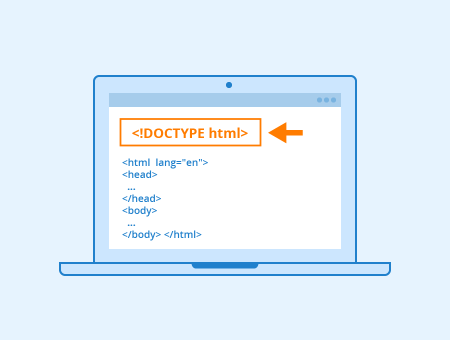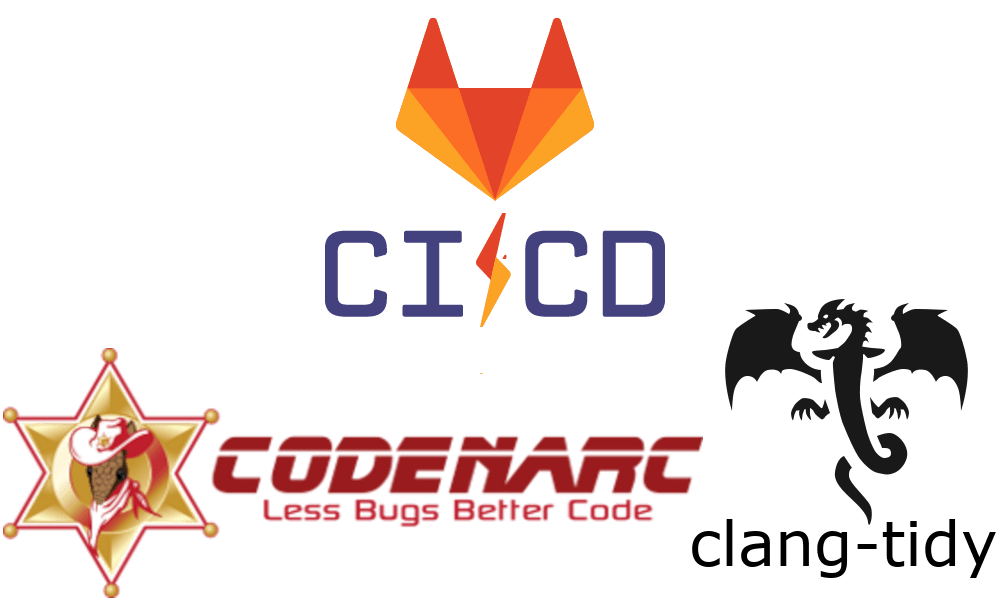... and how to use them in CI pipelines.
Comparing W3C v.Nu HTML checke, html-tidy, htmlhint, html-validate, LintHTML and html-eslint.

This last option makes it easy to setup a HTML linter in Gitlab CI pipelines:
lint-html:
stage: test
script:
- apt update -y && apt install -y curl unzip
- ... # generate HTML content in public/
- curl -ROLs https://github.com/validator/validator/releases/download/latest/vnu.linux.zip
- unzip vnu.linux.zip
- vnu-runtime-image/bin/vnu --skip-non-html public/A very short blog post to share some minimal code snippets on how to quickly and easily setup Gitlab CI pipelines to run static code analysis tools on C++ code and Jenkins pipelines (or any Groovy code).

TL;DR: There are three options to fix an NPM dependency:
- Open a bug ticket on the repository of the maintainer
- Fork & Fix
- Create a patch and fix it
J'avais tendance à privilégier la 2e solution, mais elle a l’inconvénient de créer une dépendance à github.com au moment du build, ce qui n'est pas toujours pratique dans un contexte d'entreprise... patch-package peut donc s'avérer bien pratique dans ce cas

À oui.sncf, je travaille au sein d'une équipe en charge de l'usine logicielle,
qui administre depuis des années une instance Gitlab self-hosted.
Cet article contient quelques-unes de nos recommandations à l'intention des utilisateurs de notre Gitlab, ayant pour but à la fois améliorer les performances de leurs pipelines …